Understanding NFTs: A Comprehensive Guide
Discover the world of NFTs with our overview guide. Learn about their workings, benefits, drawbacks and use cases.
In the rapidly evolving digital landscape, Non-Fungible Tokens have emerged as a groundbreaking concept. They are reshaping how we perceive ownership and value in the digital world. In this article, we’ll delves into the essence of NFTs and explore their workings, benefits and drawbacks. Additionally, it covers current trends and their future potential.
What are NFTs?
Non-Fungible Tokens are unique digital assets verified using blockchain technology. Unlike traditional cryptocurrencies such as Bitcoin or Ethereum, which are fungible and can be exchanged on a one-to-one basis, NFTs are inherently unique and cannot be exchanged like-for-like. This distinctiveness makes NFTs ideal for representing ownership of digital items like art, music videos and virtual real estate.
There are 3 components of an Non-Fungible Token which are smart contracts, metadata and ownership records. To begin with, smart contracts are integral to NFTs. They handle everything from the creation to the transfer of ownership. Moreover, smart contracts facilitate royalty payments to the original creator whenever the NFT is resold.
Metadata includes details that make each Non-Fungible Token unique. Metadata is stored on the blockchain and can include information such as the creator’s identity, a description of the asset and links to the digital file. Furthermore, the blockchain maintains an immutable record of ownership. This ensures that the history of the NFT including all transactions is transparent and verifiable.
How do NFTs Work?
The creation of an Non-Fungible Token involves a process called minting. During minting, the digital asset’s information is encrypted and recorded on a blockchain, typically Ethereum. This process includes creating a new block, validating NFT information and closing the block. Each NFT has a unique identifier and ownership details, which authenticate and establish the asset’s singularity.
Minting involves incorporating smart contracts that assign ownership and manage NFT transfers. Each token has an owner and this ownership information is publicly available. Even if multiple NFTs are created for the same digital asset, each token remains uniquely identifiable based on the metadata it contains
Benefits and Drawbacks of NFTs
NFTs offer several advantages, yet they also pose certain challenges. Understanding these benefits and drawbacks is crucial for anyone involved in the digital economy.
Benefits of NFTs
Ownership and Authenticity
One of the primary benefits of Non-Fungible Tokens is their ability to provide verifiable proof of ownership and authenticity. This is particularly valuable in the digital world, where copying and distribution of content are effortless. Moreover, NFTs ensure that each digital asset is unique and that ownership can be tracked and verified through the blockchain. This is crucial for digital artists, musicians and creators who want to protect their work from unauthorized duplication.
Market Efficiency
By tokenizing assets, Non-Fungible Tokens streamline transactions and reduce the need for intermediaries. This can lead to more efficient and transparent markets. For example, in the art world, NFTs eliminate the need for galleries and auction houses. As a result, artists can sell their products directly to buyers. Consequently, this not only reduces costs but also allows artists to retain a larger share of the revenue.
Royalties and Smart Contracts
Another significant advantage of NFTs is the ability to embed royalties into smart contracts. This means that creators can earn a percentage of sales every time someone purchase their NFT. Therefore, this ensures continuous revenue streams for artists and creators, which is a major improvement over traditional models where they only earn from the initial sale.
Innovation and New Revenue Streams
Lastly, NFTs enable new forms of creativity and business models. For instance, musicians can sell unique, limited-edition albums or concert tickets as NFTs, offering fans exclusive content and experiences. Similarly, game developers can create in-game assets that players can own, trade and monetize, thus creating new revenue streams.
Drawbacks of NFTs
Environmental Impact
The process of minting and maintaining NFTs on the blockchain is energy-intensive. Blockchains like Ethereum, which are commonly used for NFTs, require significant computational power which contributes to high energy consumption and carbon emissions. This environmental impact is a significant concern and has sparked debates about the sustainability of NFTs.
Market Volatility
Additionally, the value of NFTs can be highly volatile, influenced by trends, speculation and market sentiment. This volatility poses financial risks to both buyers and sellers. The market for NFTs is still relatively new and can be subject to rapid changes, thus make it a risky investment for those looking for stable returns.
Intellectual Property Issues
Owning an NFT does not necessarily grant the buyer intellectual property rights to the underlying asset. Consequently, this can lead to confusion and legal complexities. For instance, a buyer may own the NFT of a digital artwork but not have the right to reproduce or commercially exploit the image. Clearer legal frameworks and agreements are needed to address these issues.
Scams and Fraud
Furthermore, the anonymity and lack of regulation in the NFT market can make it a breeding ground for scams and fraudulent activities. There have been instances of fake NFTs, plagiarism and rug pulls where project creators disappear after selling NFTs. This undermines trust and can deter potential buyers and investors.
Technical Barriers
Engaging with NFTs requires a certain level of technical knowledge and familiarity with blockchain technology, which can be a barrier for many people. Setting up digital wallets, understanding gas fees and navigating NFT marketplaces can be daunting for newcomers. Therefore, it might limit NFTs widespread adoption.
Use Cases of NFTs
NFTs have rapidly gained popularity and are transforming various industries by creating new opportunities for ownership, monetization and interaction with digital assets.
Digital Art and Collectibles
Digital art and collectibles are the most well-known use cases for NFTs. Artists can create digital artworks and mint them as NFTs, which can then be sold to collectors. The uniqueness and verifiable ownership provided by NFTs help artists protect their work from unauthorized duplication. Additionally, NFT art can include programmable royalties, ensuring that artists receive a percentage of future sales.
Gaming and In-Game Assets
NFTs have revolutionized the gaming industry by allowing players to own, trade and monetize in-game assets. Games like Axie Infinity use NFTs to represent unique creatures that players can breed, battle and trade. Virtual worlds like Decentraland and The Sandbox use NFTs to represent land parcels, which users can develop and monetize. This creates a new layer of engagement and economic activity within games.
Music and Exclusive Content
Musicians and other content creators are using Non-Fungible Tokens to offer unique and exclusive content to their fans. For example, artists can release limited edition albums or concert tickets as NFTs, providing fans with a sense of exclusivity and ownership. These NFTs can include additional perks such as behind-the-scenes content, virtual meet-and-greets and special merchandise.
Virtual Real Estate and Metaverse
Virtual real estate represents a significant use case for NFTs, especially within the context of the metaverse. Users can buy, sell and develop virtual land parcels on platforms like Decentraland and The Sandbox. These virtual properties can be used for various purposes including hosting virtual events, building digital art galleries and creating interactive experiences. The concept of virtual real estate is closely tied to the development of the metaverse, where users can interact with each other in a virtual environment.
Brand Marketing and Customer Engagement
Brands are leveraging Non-Fungible Tokens to engage with customers and create unique marketing campaigns. For instance, sports organizations like the NBA have launched NFT collectibles, allowing fans to own and trade officially licensed highlights. Similarly, fashion brands are exploring NFTs to offer digital fashion items and virtual accessories, thus create new avenues for customer interaction and brand loyalty.
Conclusion
In conclusion, Non-Fungible Tokens represent a paradigm shift in how we understand and manage digital ownership. For businesses and tech enthusiasts alike, staying informed about NFTs is essential, as they continue to influence various aspects of the digital economy.
Related Articles
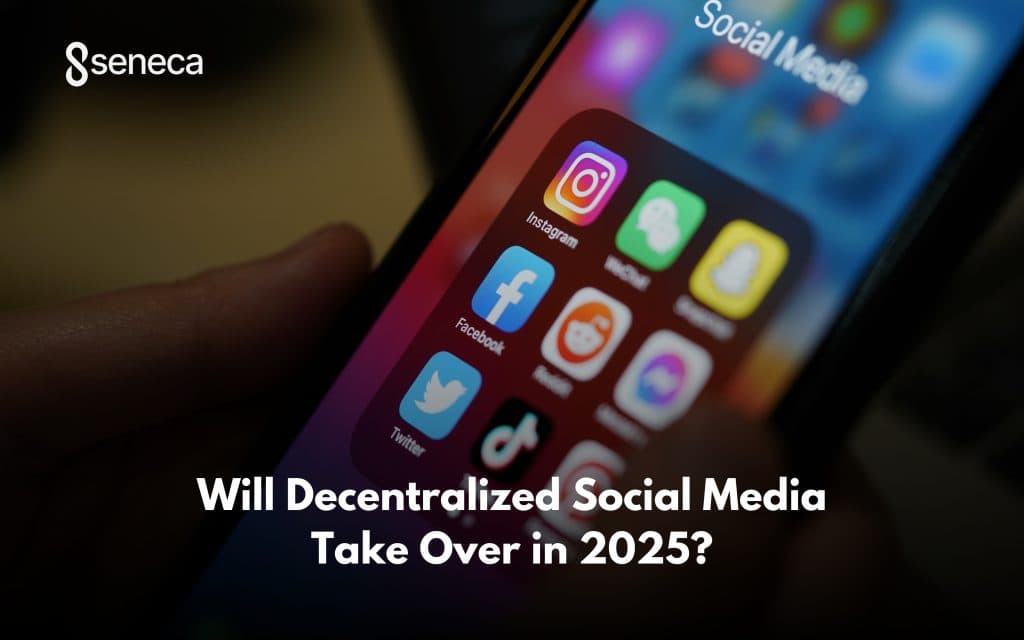
Jan 14, 2025
Read more
Will Decentralized Social Media Take Over in 2025?
Explore if decentralized social media could reshape online interactions in 2025 with greater privacy and control.

Jan 08, 2025
Read more
What You Need to Know About Zero-Trust Architecture
Learn the essentials of Zero-Trust Architecture: how it enhances cybersecurity by verifying every user and device.
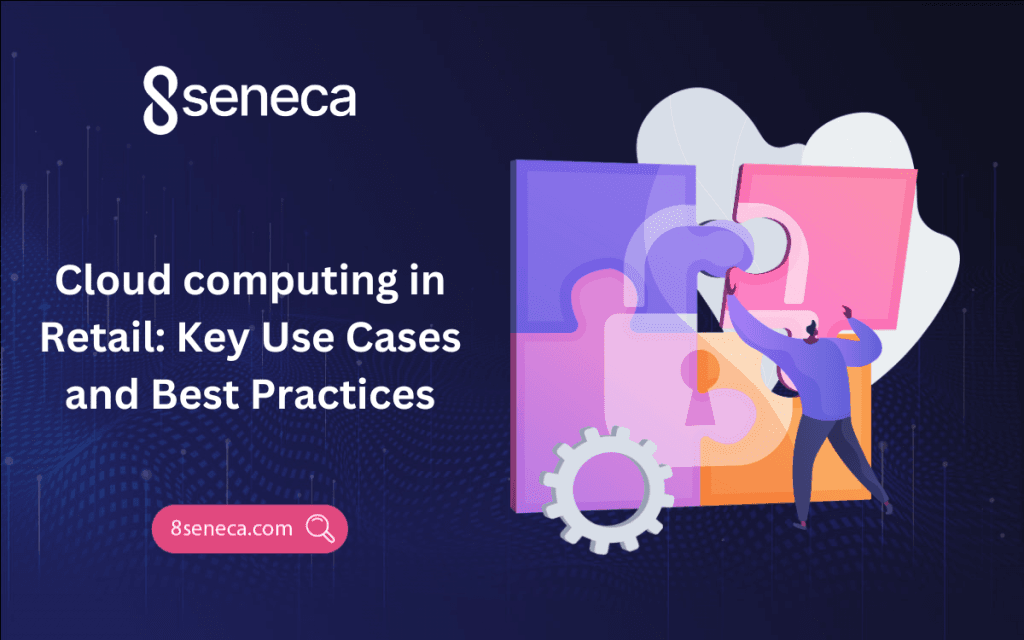
Oct 07, 2024
Read more
Cloud Computing in Retail: Key Use Cases and Best Practices
Cloud computing helps retailers optimize operations, streamline inventory, and improve decision-making with real-time data.
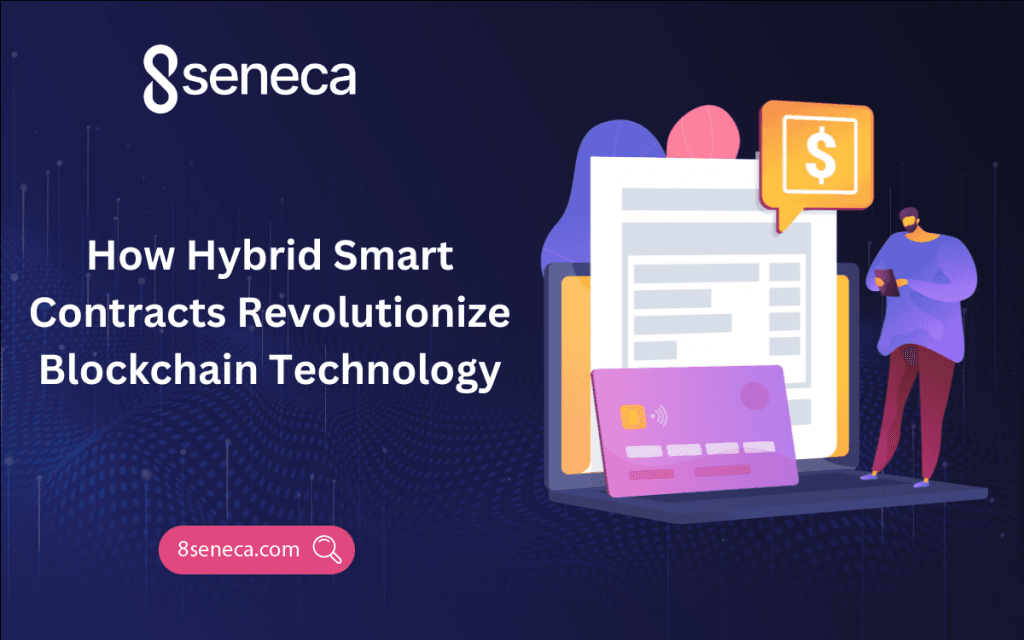
Sep 27, 2024
Read more
How Hybrid Smart Contracts Revolutionize Blockchain Technology
Discover what hybrid smart contracts are and how they are revolutionizing blockchain technology, including key benefits and challenges.
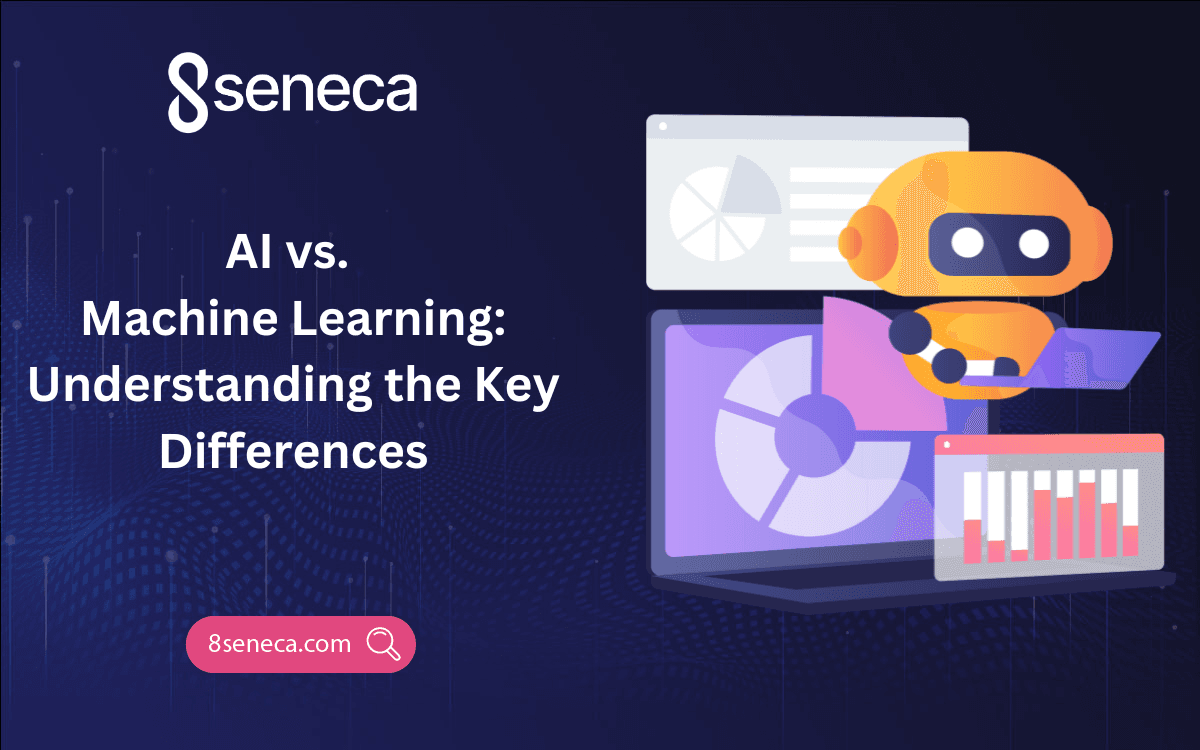
Sep 25, 2024
Read more
AI vs. Machine Learning: Understanding the Key Differences
Learn the differences between AI and ML, their impact on business, and how to leverage them effectively in business.
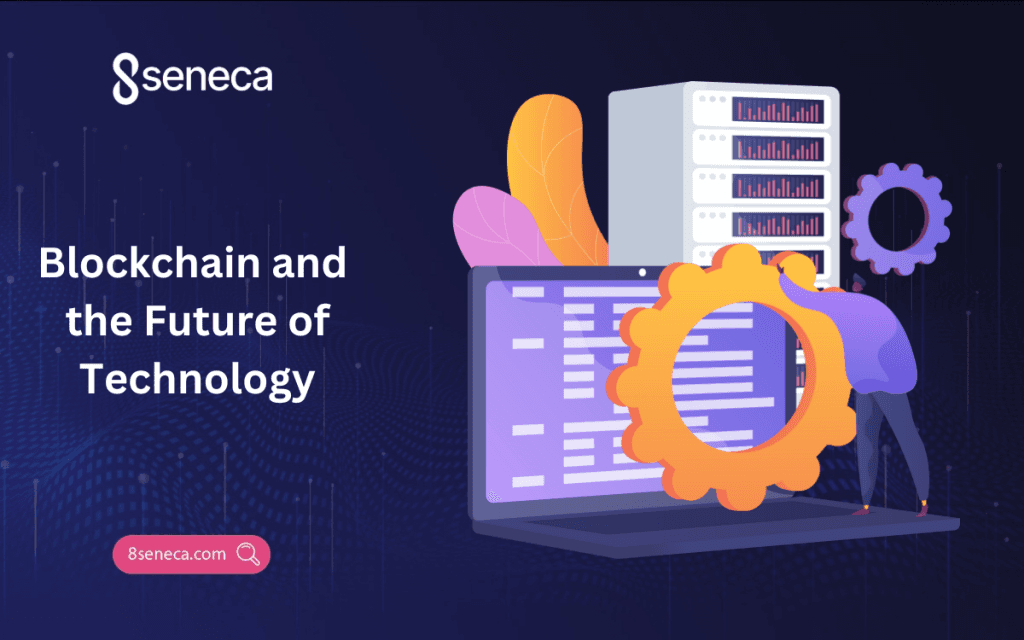
Aug 14, 2024
Read more
Blockchain and the Future of Technology
Explore how blockchain technology is revolutionizing industries like finance, healthcare, and supply chain management.
